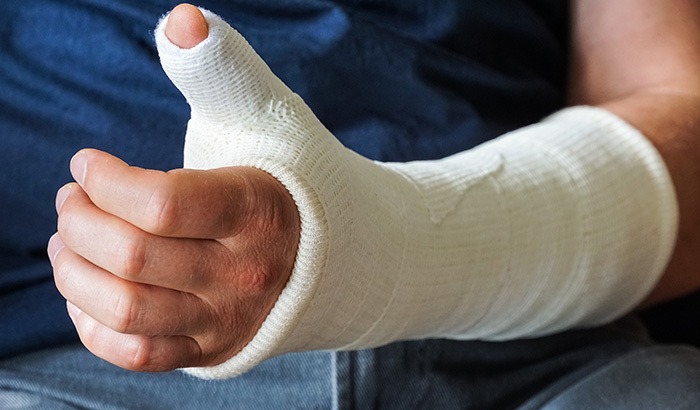Medicine and art may seem like two separate worlds, but in the realm of plaster bandages, they beautifully converge to create unique and intriguing sculptures. Plaster art, also known as “plaster casting,” is a captivating and versatile form of creative expression that not only challenges the boundaries of conventional art but also pays homage to the healing power of medicine. In this blog, we’ll explore the fascinating world of plaster sculptures and how they transform medicine into art.
The Origins of Plaster Bandage Art
Plaster casting has its roots in medicine, where it was initially used for creating molds of body parts to aid in the treatment of fractures and injuries. However, artists and sculptors soon recognized the potential of bandages as a medium for their creative endeavors. The ability to capture fine details and create three-dimensional forms made bandages an enticing choice for artistic expression.
Creating Plaster Bandage Sculptures
Plaster sculptures involve the use of strips of gauze or fabric impregnated with plaster of Paris. These strips are soaked in water to activate the plaster, making them pliable for shaping. Here’s a brief overview of the process:
- Select a Subject: Artists typically choose a body part, object, or form to cast. Common choices include hands, faces, torsos, and even everyday objects.
- Apply a Release Agent: To ensure the plaster doesn’t stick to the subject, a release agent like petroleum jelly is often applied.
- Prepare the Strips: Cut the bandage into manageable strips and soak them in water.
- Apply the Strips: Carefully layer the wet bandage strips onto the subject, building up the layers as needed. This captures the form and details.
- Allow to Set: Wait for the plaster to dry and harden, typically within 15-30 minutes.
- Remove the Mold: Gently remove the plaster mold from the subject.
- Artistic Finishing: Artists can then paint, sculpt, or modify the plaster cast to achieve their artistic vision.
The Intersection of Medicine and Art
Plaster art captures a unique fusion of medicine and artistry. The same material that’s used to mend fractures and support healing is repurposed to create stunning sculptures that reflect the human form and spirit. Artists can explore concepts of identity, transformation, and the healing process through their work.
Conclusion
Plaster bandage sculptures are a testament to human ingenuity, bridging the gap between medicine and art. These creations not only highlight the versatility of bandages but also serve as a reminder that creativity knows no bounds. As you delve into the world of plaster art, you’ll discover a captivating realm where medicine and art unite to create something truly remarkable. Whether you’re an artist or simply an art enthusiast, this form of creative expression is bound to leave you inspired and in awe of the possibilities that emerge when medicine and art intersect.



